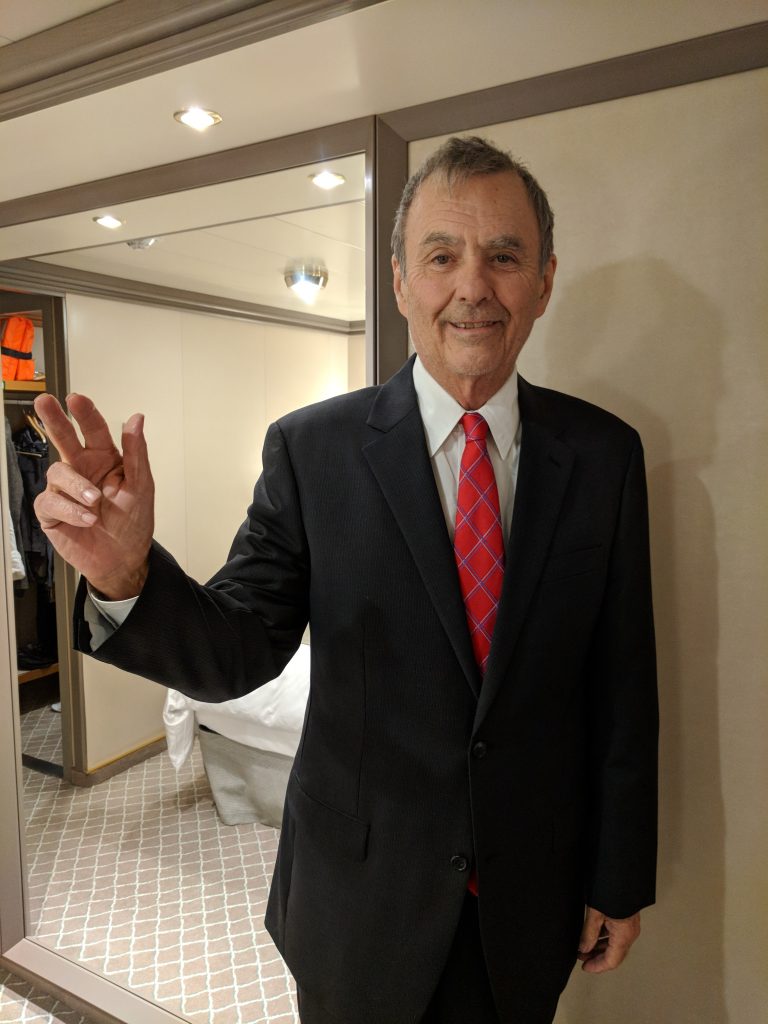The Best Credit Card for Business Travelers

By Robert Mcgarvey
Put three business travelers at a Holiday Inn bar and around 9 p.m., after drinks have flowed for maybe three hours, toss out this topic – what’s the absolute best credit card for business travel, the one you won’t leave home without – and then hastily back off.
That’s because fists and bottles may start flying.
Nobody gets worked up debating the best domestic carrier – they all suck so why fight.
Or the best business travel hotel. Who gives a whit about Hilton vs Marriot vs IHC?
With the best bank there may be a little debate but, really, we all know the big banks stink and therefore the best answers are going to be curve balls. (Here’s my answer by the way.)
But the real fisticuffs come out when the debate is about credit cards because we all have them and we all have opinions.
The trigger for this column was a recent New York Times story headlined “Best Credit Card for Travelers? Probably Not One From an Airline.”
And right at jump I had to disagree.
Sort of.
According to the Times, your best bet for a travel card is Amex Platinum ($550) or Chase Sapphire Reserve ($450) — “they provide hefty credits that can be used with any airline to cover expenses like checked bags and in-flight purchases, along with other benefits like access to airport lounges.”
Personally I’ve had the Platinum card for years and I swear by the Centurion lounges, I like the annual $200 credit for Uber (dribbled out in monthly $15 tranches and a year-end bonus), the $200 airline fee credit (against checked bag fees, etc. – applicable only to one airline designated annually), free Priority Pass membership, reimbursement for Global Entry or Pre (I used it for Pre), and free Boingo Preferred WiFi access at many airports. There’s also 5x points on air and hotel expenses. And still more stuff. It is indeed a feature rich card that returns what I pay for it and more.
But it is not quite enough for me.
Maybe I do not think they are the best credit cards for travelers. But I do also have a United World Explorer card – $95 per year and for that I get 2X miles at restaurants, hotel, and United purchases. There’s a free checked bag. $100 towards TSA Pre or Global Entry (I used it for the latter.) A couple club passes annually. And no foreign transaction fees.
There’s also priority boarding which is why I have the card in the first place. That gives me the key perk that comes with low level elite status which I no longer have because I have no airline loyalty. None.
I also have an American Airlines AAdvantage Aviator card. Also $95. 2X miles on American purchases. Free checked bag. No foreign transaction fees.
And, again, priority boarding.
If you don’t have elite status – and unless it is easy to get why bother? – an airline credit card gives you what you most want from status.
Do I need both the airline cards? Probably not. I got the United card (nee Continental) when I lived in Jersey City NJ, flew out of EWR and always flew Continental.
I now live in Phoenix and usually fly American, thus that card.
But until Platinum gives me priority boarding – and I do not see that day coming – I will have at least one airline credit card. When you do carryon and only carryon, which is how I’ve flown for over a dozen years, early boarding is a must. Hanging out at baggage carousels to collect a gate checked bag just is so uncool. And a complete waste of my time.
So I pay a small fee (tax deductible) for a card that gives me early boarding and that combination of an airline card with Amex Platinum is to me just about perfect.
Except — there is one perk I definitely think a travel card ought to include and that’s free access to Authentic 8’s Silo or a VPN, to give travelers much better Internet security at airports, inflight, at coffee shops, and also hotels. Public WiFi is a trap, simply awful. I do not use it. And recommend others don’t unless they take security precautions. Sure, a decent VPN or Silo can be yours for under $15 monthly – Silo is better, but it doesn’t run on everything – but as a perk I’d take either over Boingo any day. Just saying, Amex.


